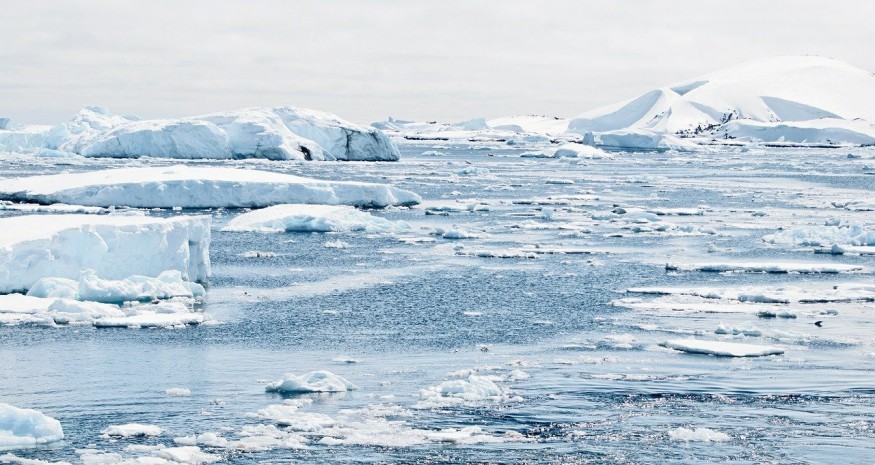
A new study by UCLA climate scientists discovered that human-caused climate change is on its way to make a functionally ice-free Arctic Ocean starting between 2044 and 2067.
Earth used to have a large-cap of sea ice at the Arctic Circle, which grows each winter and melts each summer. The information, however, that sea ice is on the decline is not new. Since 1979, satellite observations reveal the amount of sea ice in the Arctic in September has declined by 13 percent per decade.
Scientists have been striving to predict the fate of Arctic sea ice for several decades. The experts are relying on a collection of global climate patterns that simulate how the climate system will respond to all the carbon dioxides penetrating the atmosphere.
But the models' predictions have disagreed widely. Among the current generation of models, some show ice-free Septembers as early as 2026; others suggest the phenomenon will begin as late as 2132.
Sea loss diverges too much, researchers say
The study's lead author, Chad Thackeray of the UCLA Institute of the Environment and Sustainability's Center for Climate Science, said predictions on sea loss diverge too much that they vary in how they consider the process of completely melting a patch of sea ice.
The cycle worsens global warming, according to researchers. The experts explained that the Arctic is warming up twice as fast as the rest of the globe. The difference in the surface's reflectivity of sunlight, or ice albedo, produces more significant warming, which in turn leads to further ice melt.
Thackeray and co-author Alex Hall, a UCLA professor of atmospheric and oceanic sciences, determined in their study which models are most realistic in how they see the effects of sea ice-albedo feedback.
The researchers discovered that sea ice-albedo also happens every summer when sea ice melts. Satellite observations over the decades have tracked that seasonal melt and resulting albedo feedback.
Thackeray and Hall looked into 23 different models depicting seasonal ice melt between 1980 and 2015 and had them compared with the existing satellite observations. They maintained the six patterns that best captured the actual historical results and discarded the ones that had proven to be off base, enabling them to narrow the range of predictions for the possibility of an ice-free September in the Arctic.
In a 2006 study focusing on snow albedo feedback, Hall and his group explored the approach of using an observable process in the current climate to evaluate global climate model projections of future climate.
Arctic sea ice's fare is a crucial topic for climate scientists due to its role in temperatures around the world. The issue has since become widely used in climate science as researchers try to develop the precision of their forecasts.
"Arctic sea ice is a [key element] of [earth's conformonity] because of its [extremely] reflective nature [that] keeps the global climate relatively cool," Thackeray said.
Economic implications, other environmental issues made by ice loss seen by researchers
Various studies have seen other environmental and economic implications for ice loss since sea ice plays an essential role in the Arctic ecosystem, fishing industry, and indigenous groups who depend on the environment.
And as Arctic ice is lost, more waters are consumed for industrial shipping and oil and gas exploration but also provides to further greenhouse gas emissions and climate change.
Thackeray said further changes would mean broad environmental, ecological, and economic implications. "We can better be prepared [sic] by reducing the uncertainty in when we'll see those changes," he added.
The UCLA study, which was published in Nature Climate Change, focuses the predictions to 25 years.
© 2025 NatureWorldNews.com All rights reserved. Do not reproduce without permission.





